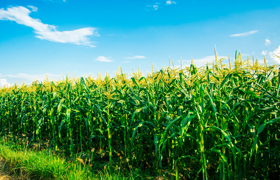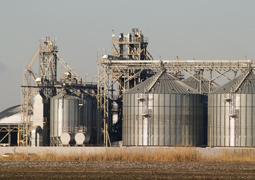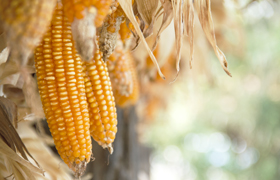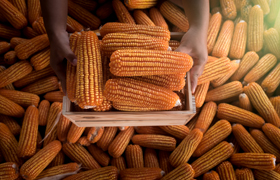Africa consumes 30% of the maize produced in the world, with Sub-Saharan Africa alone accounting for 21% of the consumption. Around 14 countries of Sub-Saharan Africa consume 85-95% of maize as their staple food rather than as animal feed. Africa is more inclined towards white maize consumption, with a consumption share of around 90%. As a result, white maize gets a premium price in Africa.
South Africa is the largest and most active producer of maize in the southern African region and alone accounted for 42% of Africa’s maize trade, with 69% in the form of imports in 2015. South Africa’s maize production slumped by 30% this year, and as a result, it had to import 770,000 metric tons of maize from outside the African continent.
The price of maize in Africa has increased by 57% as compared to the last year. This price hike was expected due to the El Niño’s impact on the African maize. Many countries like Botswana, Namibia, Lesotho, Swaziland and Zimbabwe are producing marginal maize stocks, and consumption by these countries is heavily dependent on imports. Based on the severity of the El Niño’s impact, the price of maize is likely to go up from 33% to 85% in 2016-17. Zambia is the only country in this region that has a surplus amount of maize that it exports to South Africa.
We intend to improve production systems so that the average white maize yield on our large-scale farms averages over 4 tons per hectare, compared with around 1 ton per hectare in the small-scale commercial and subsistence sectors.



